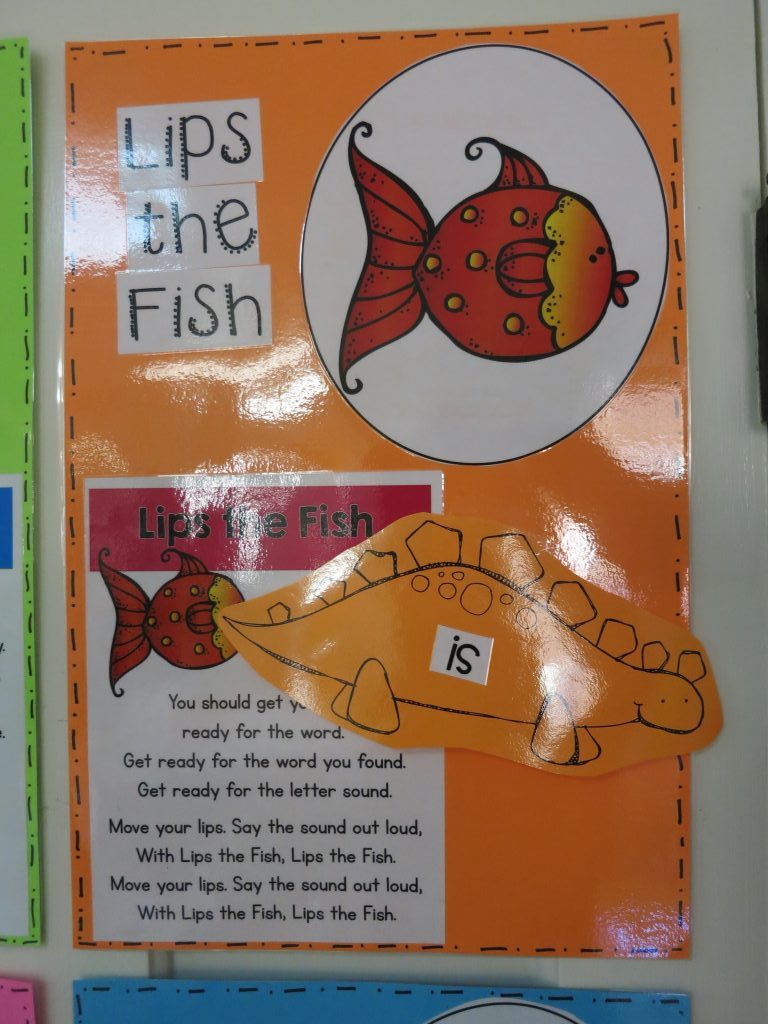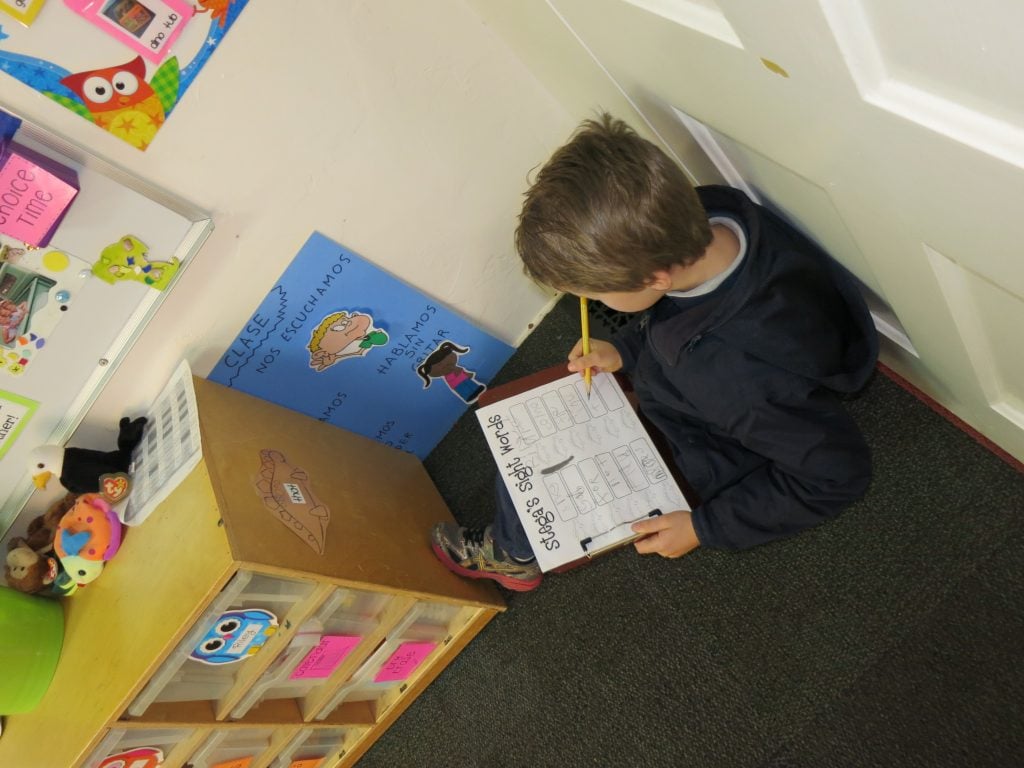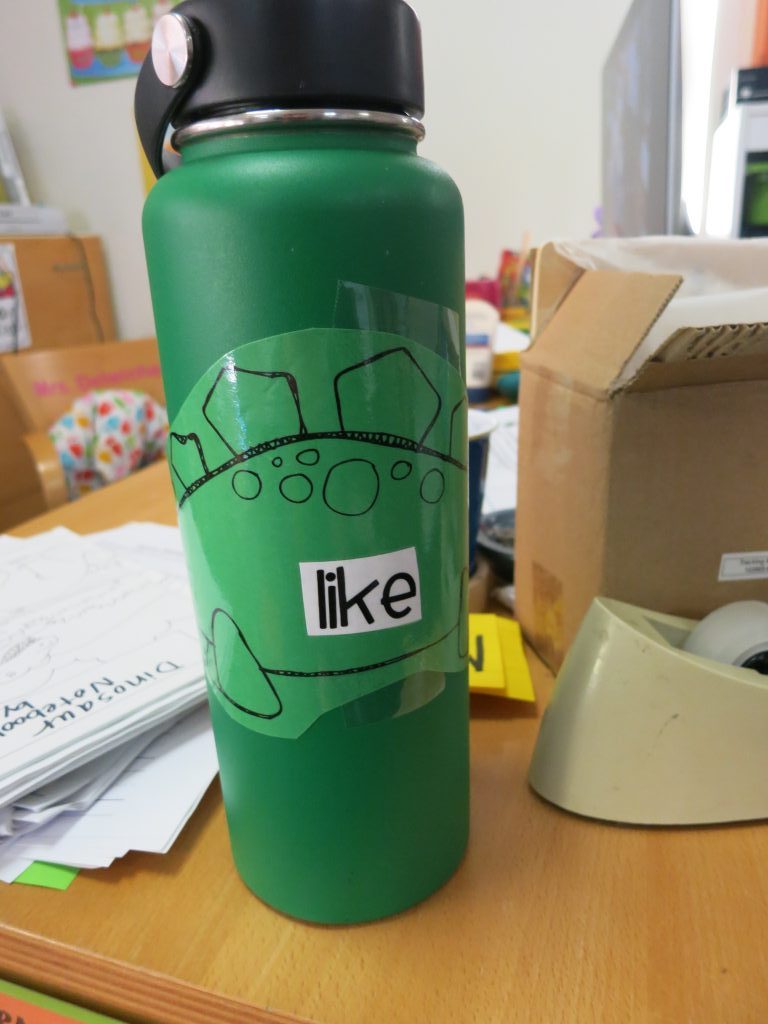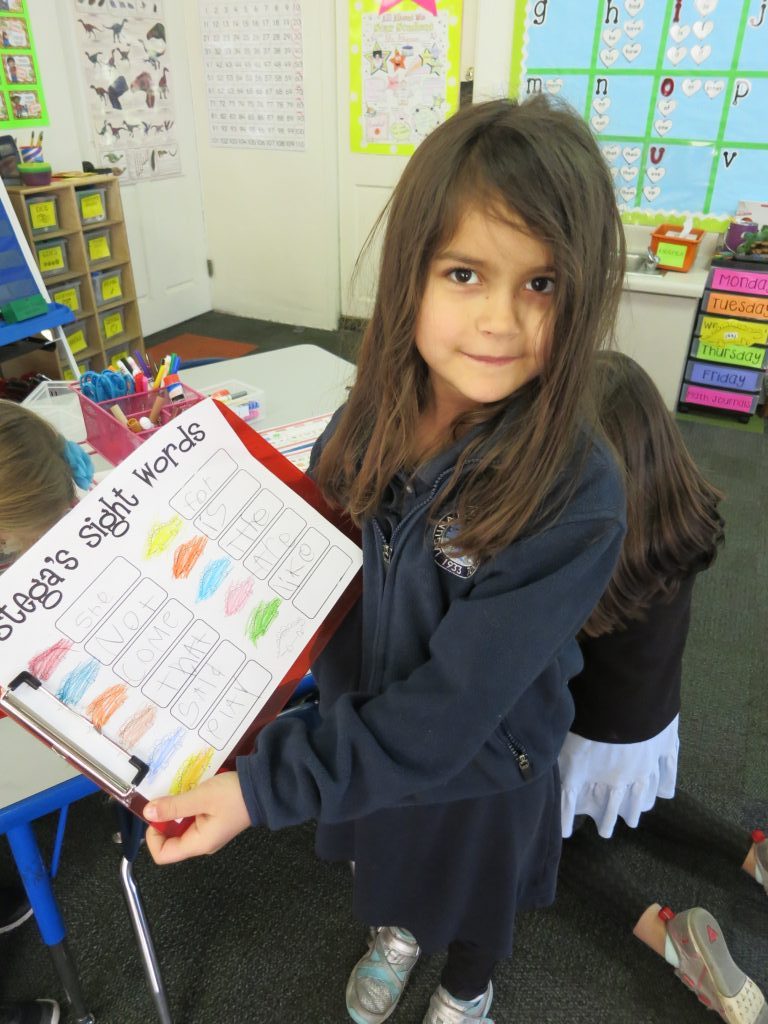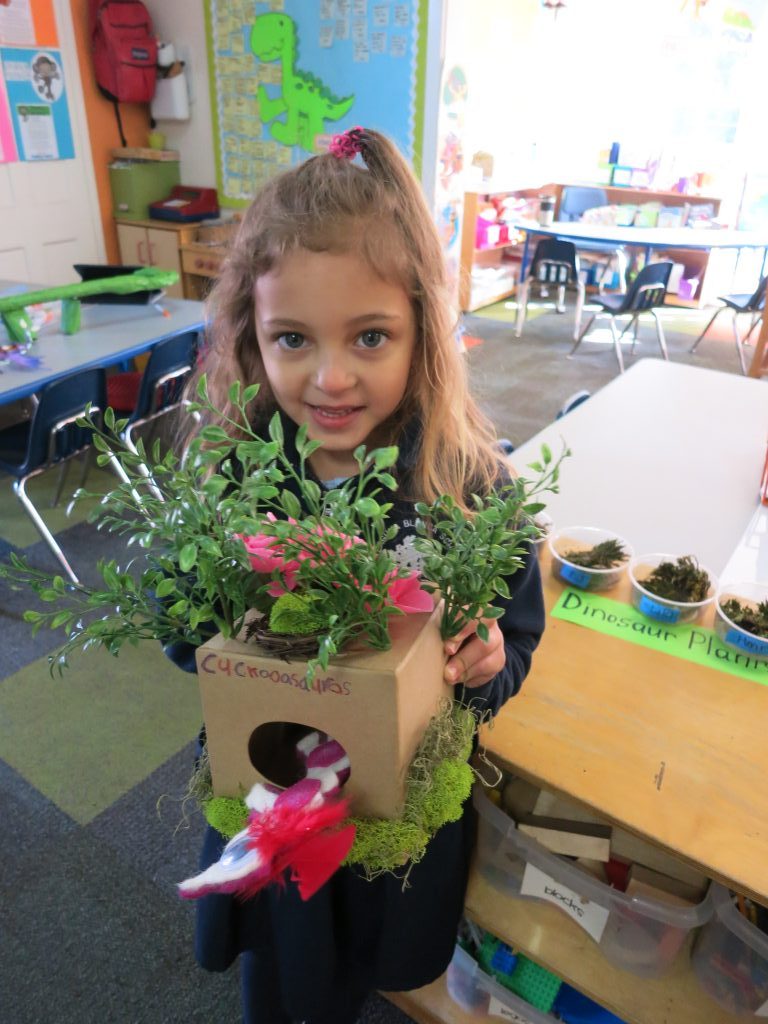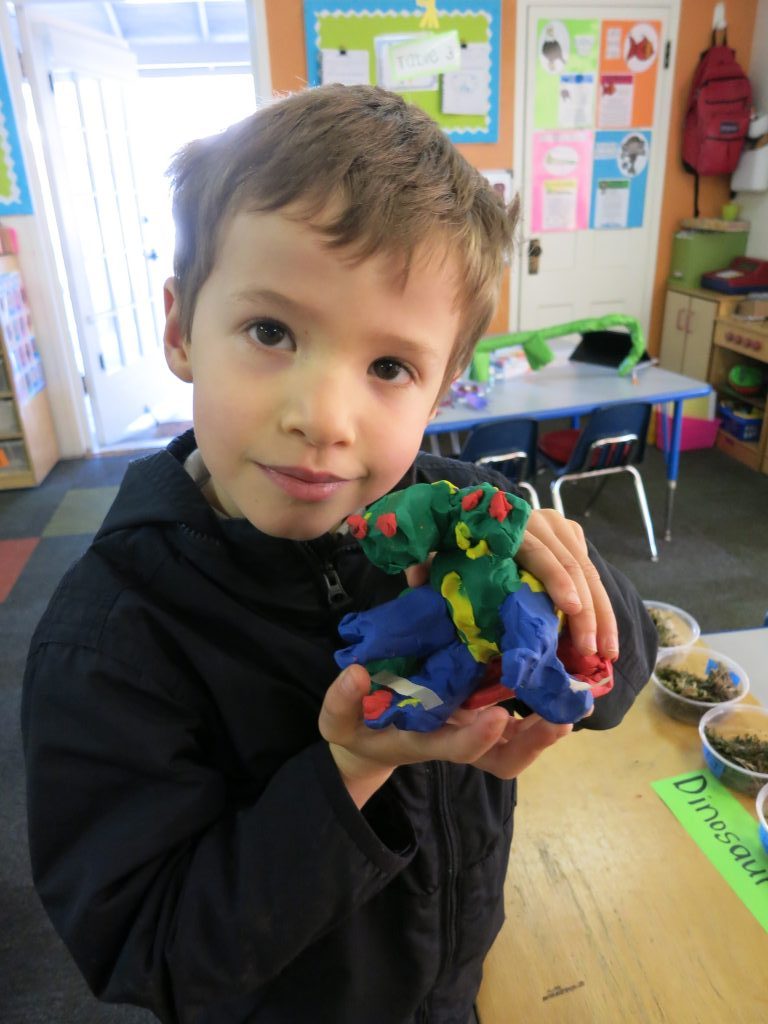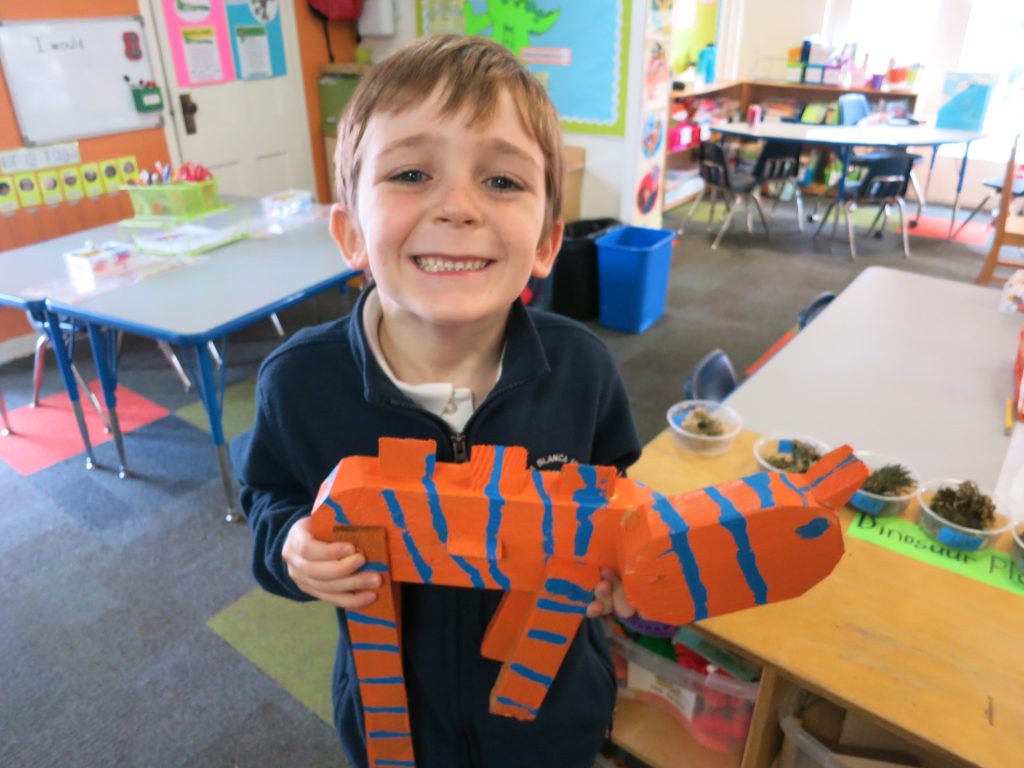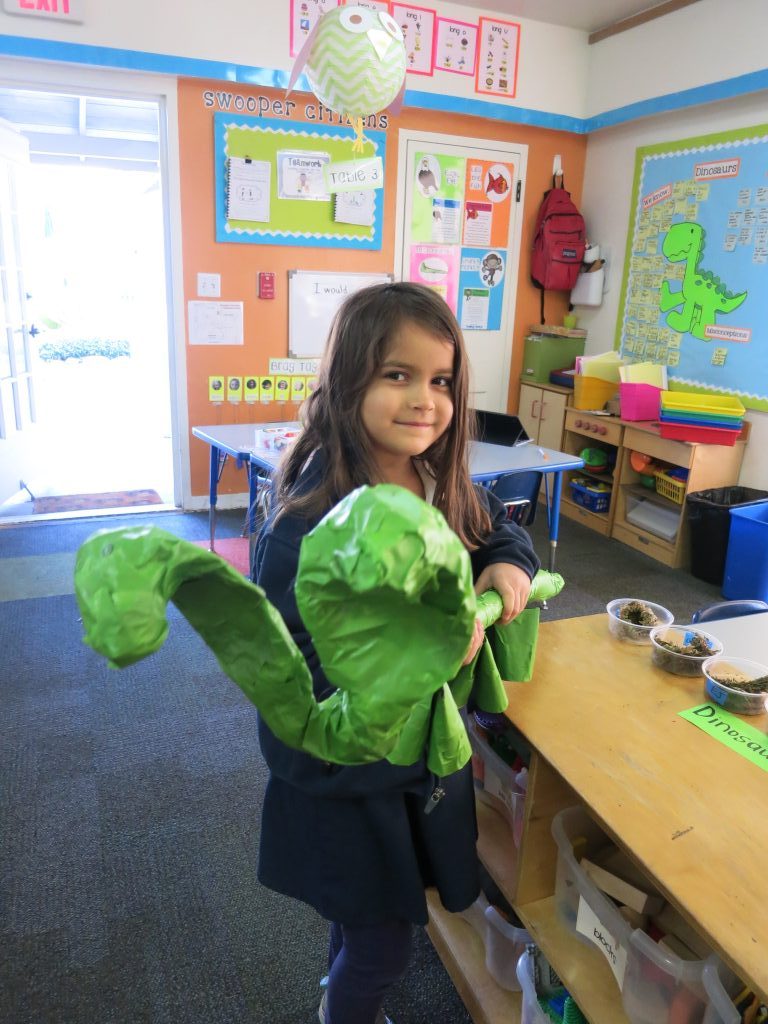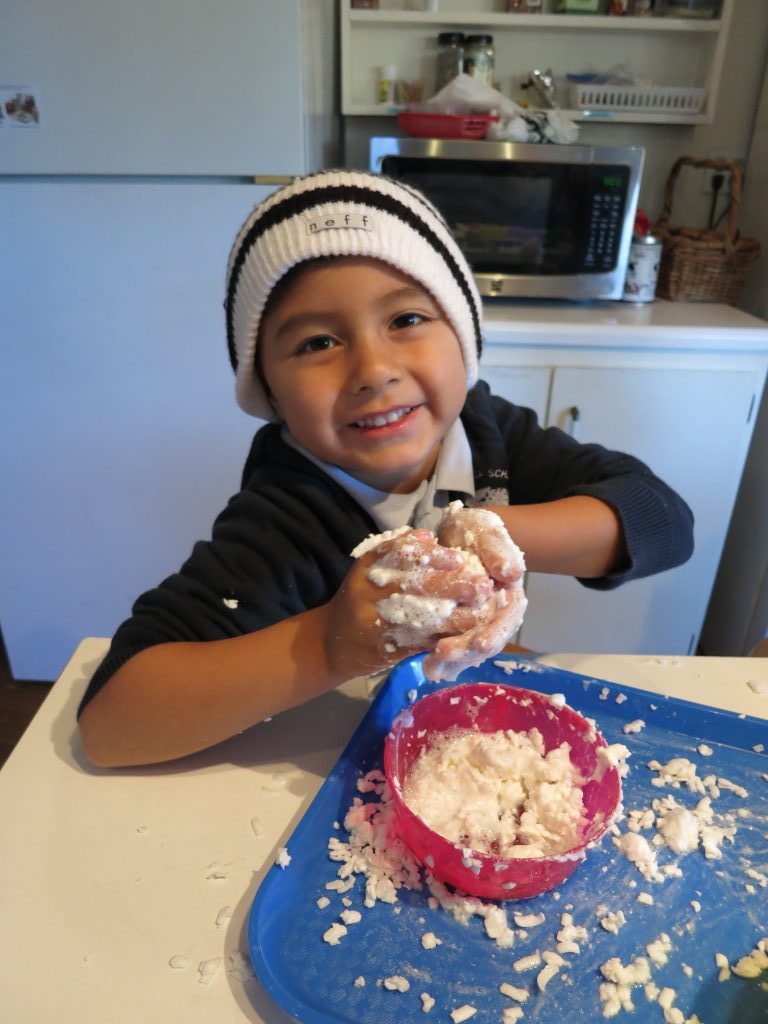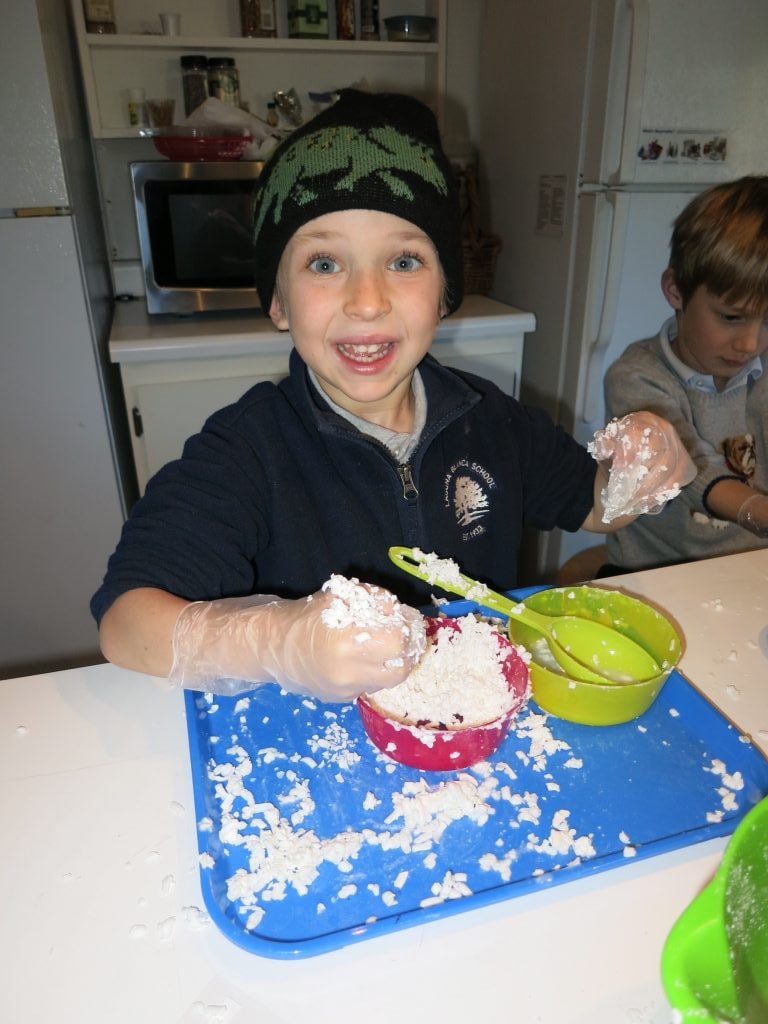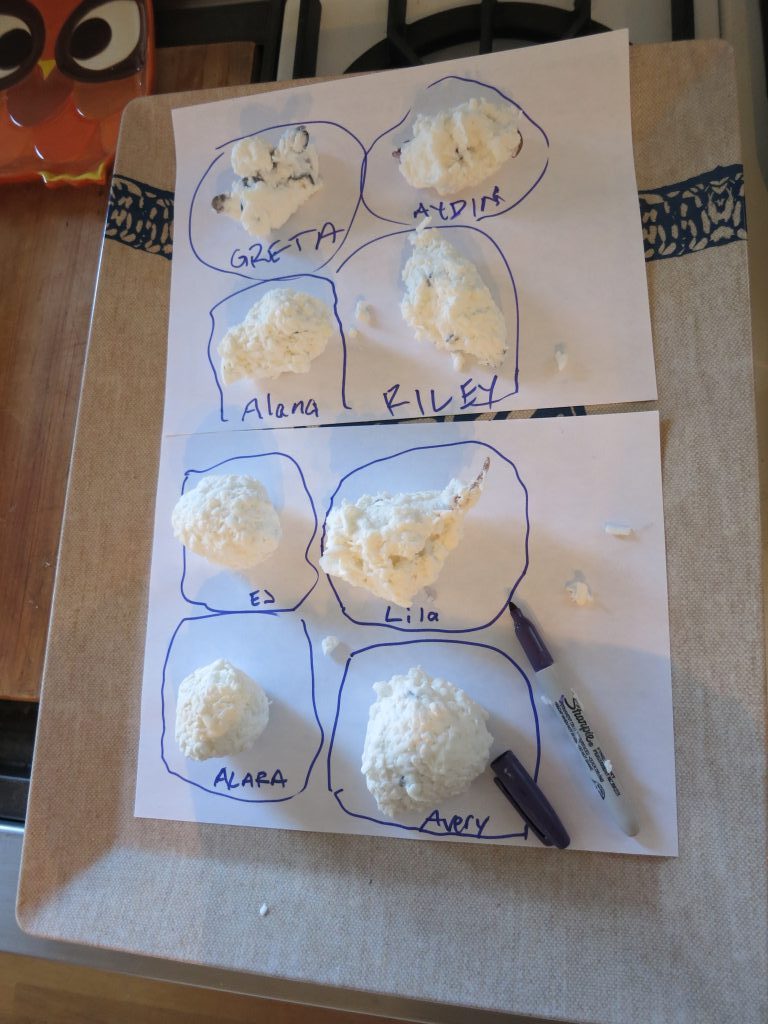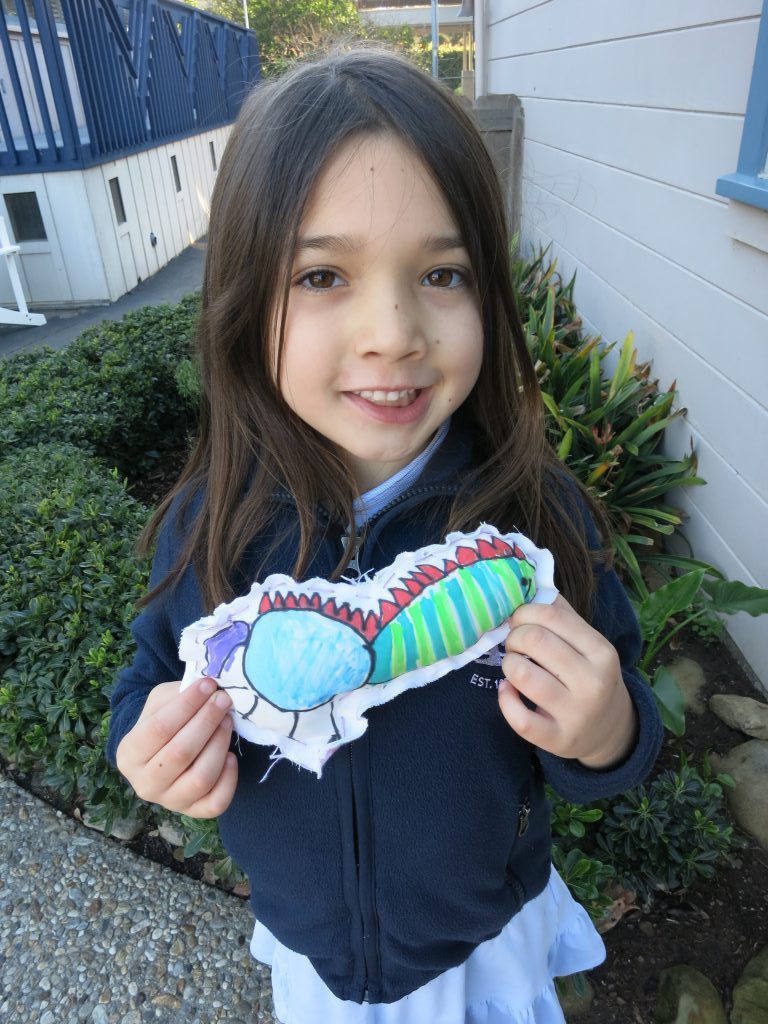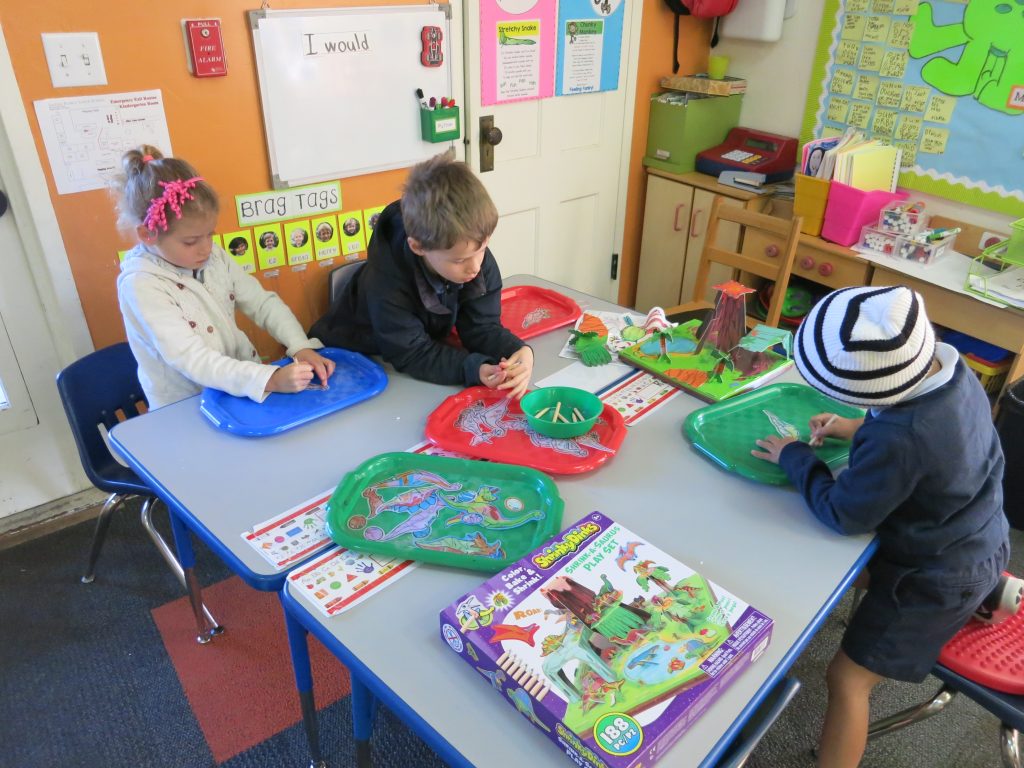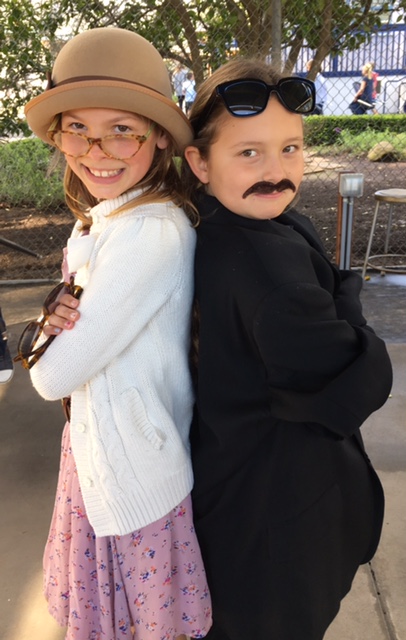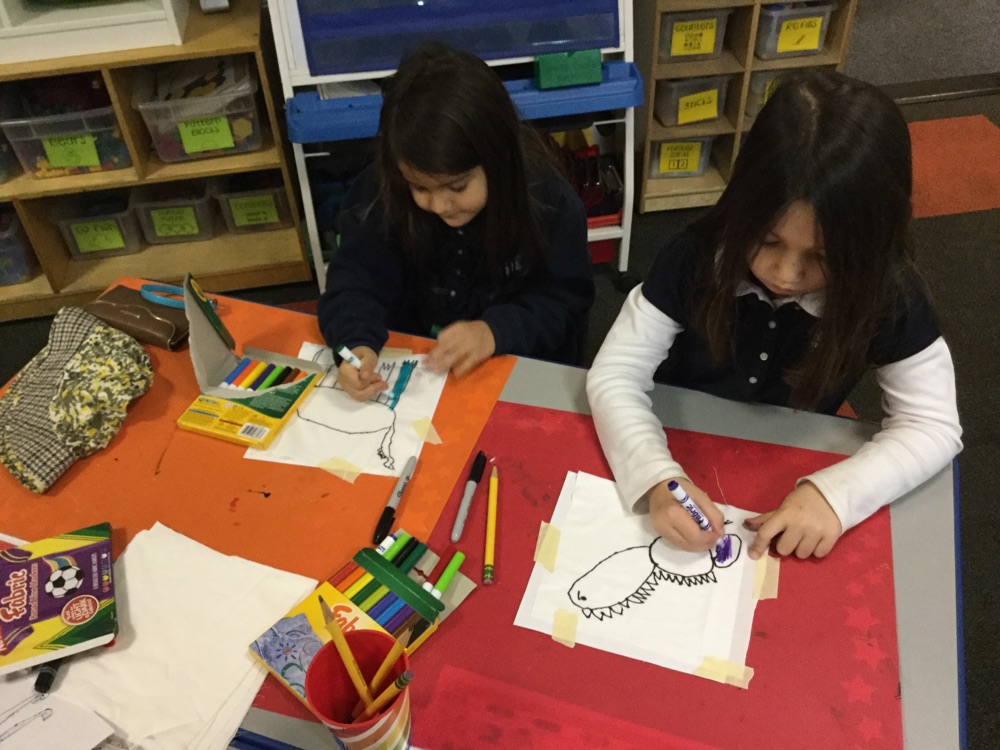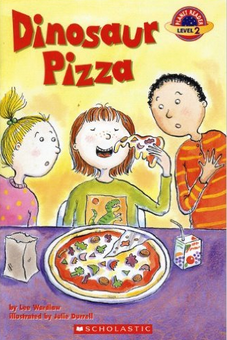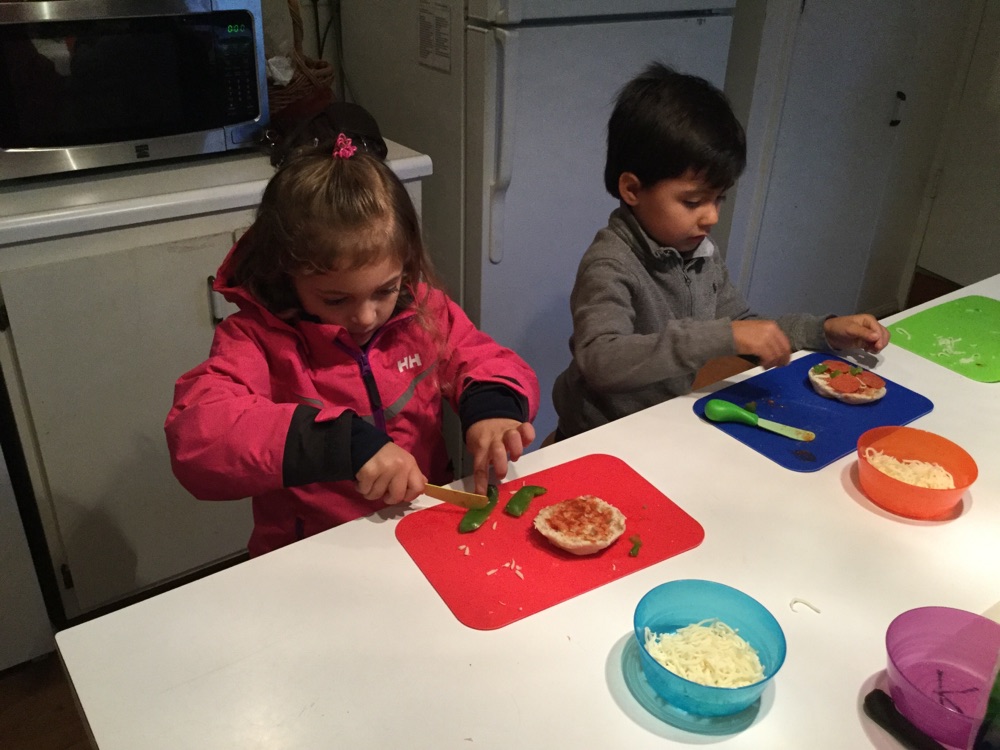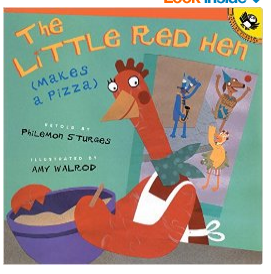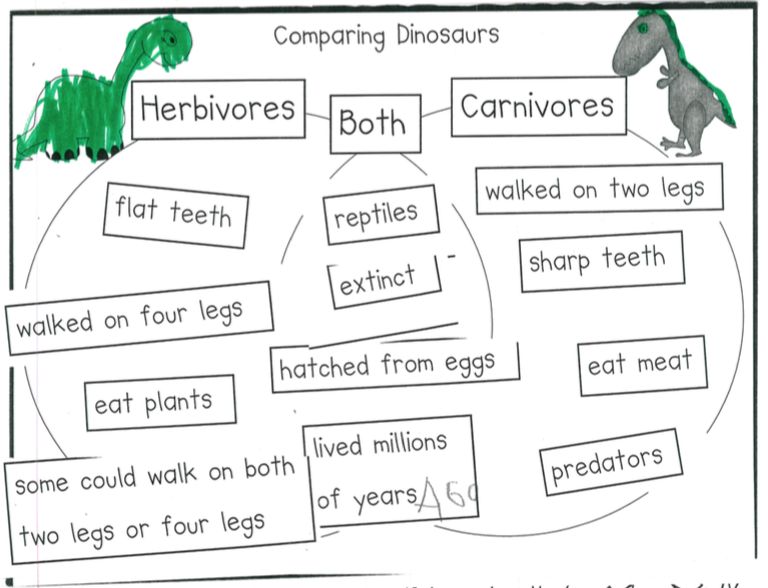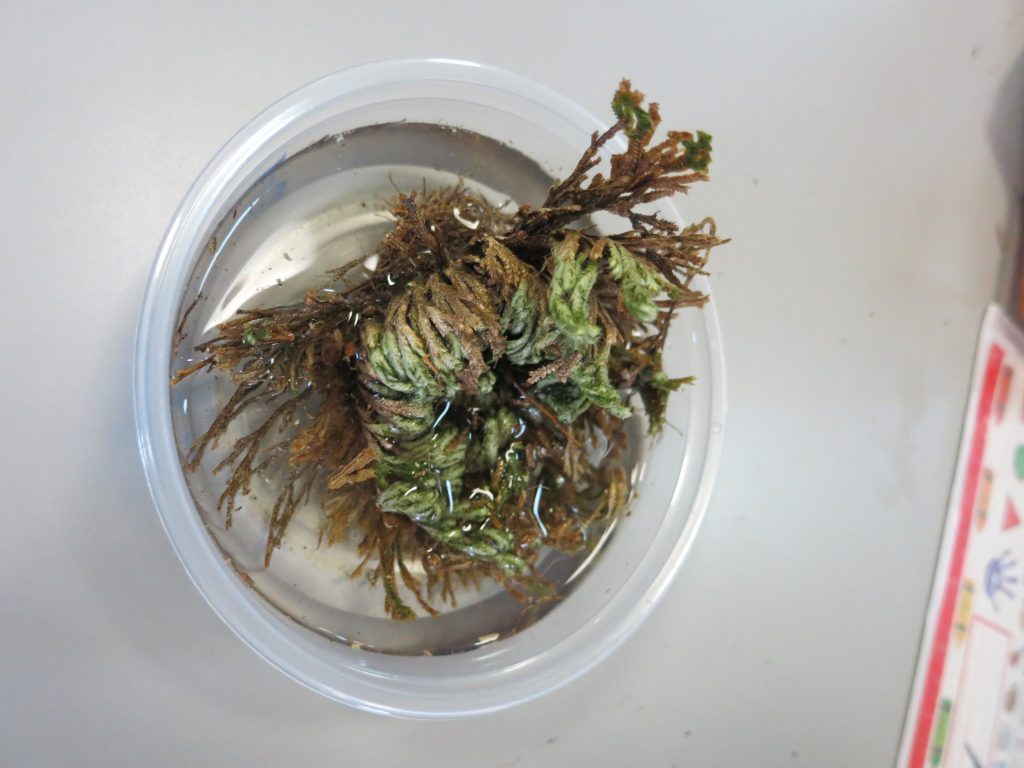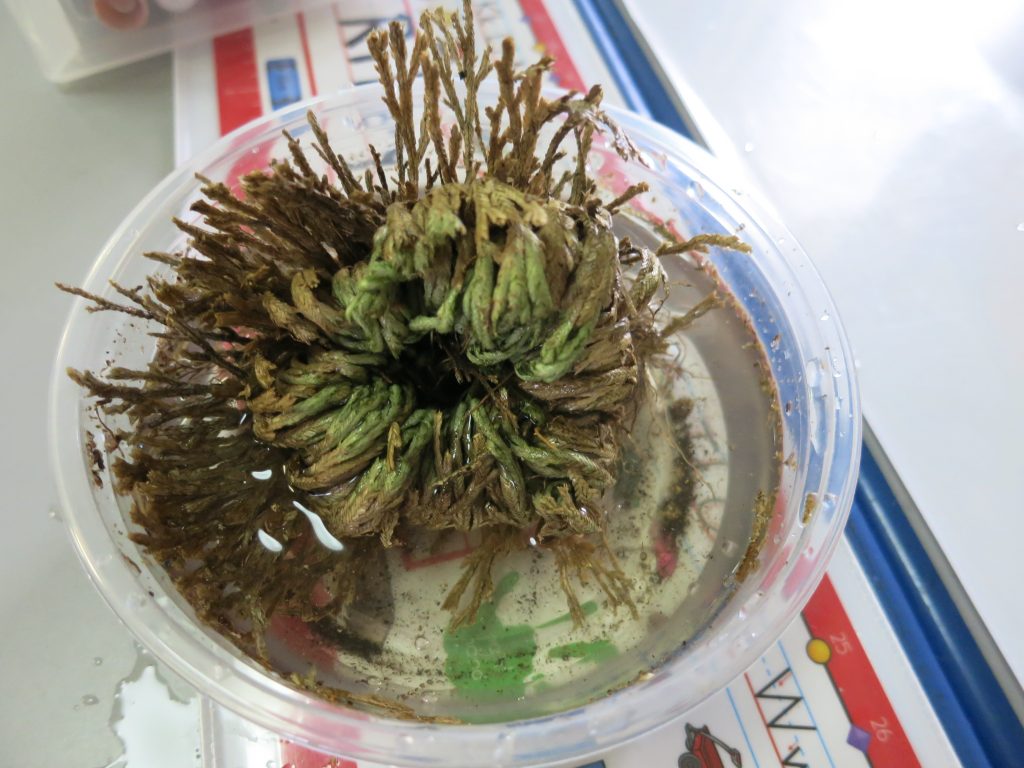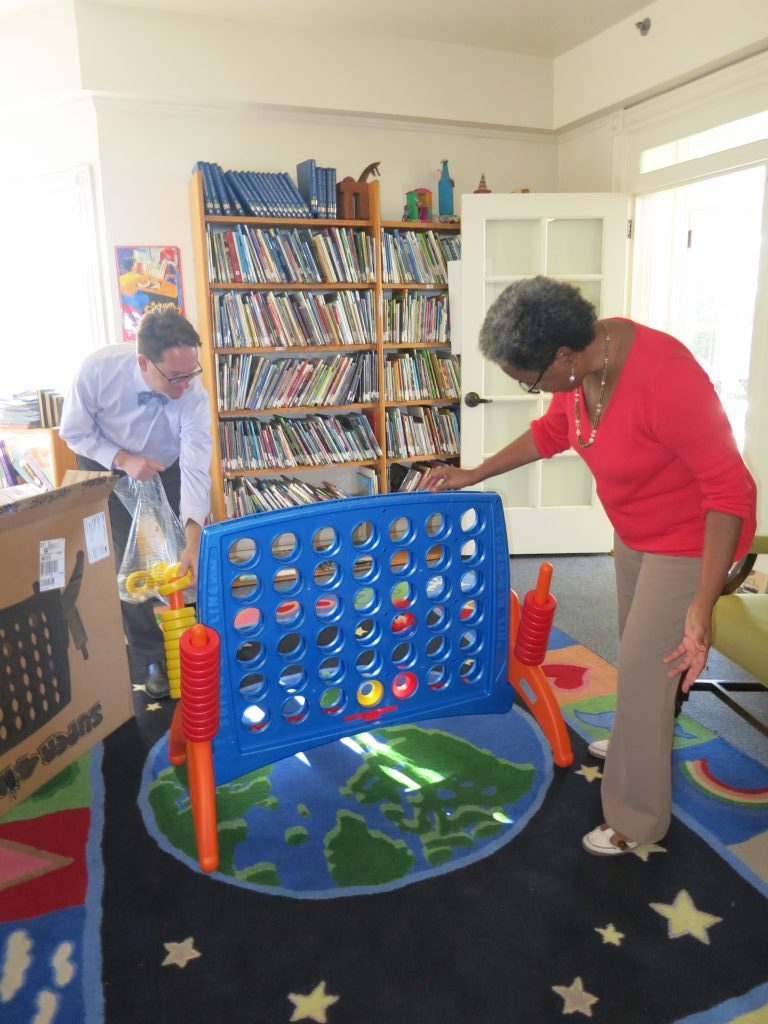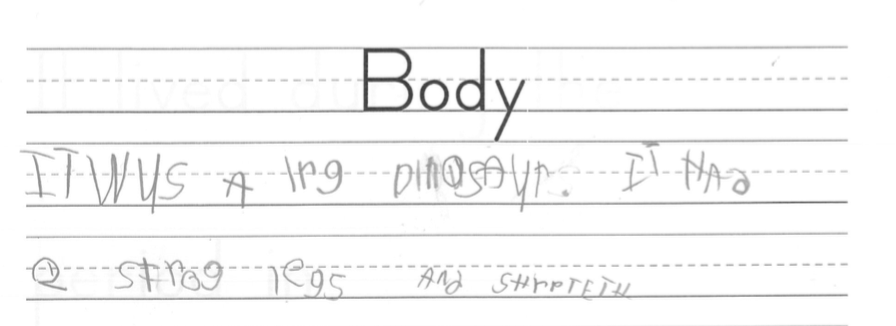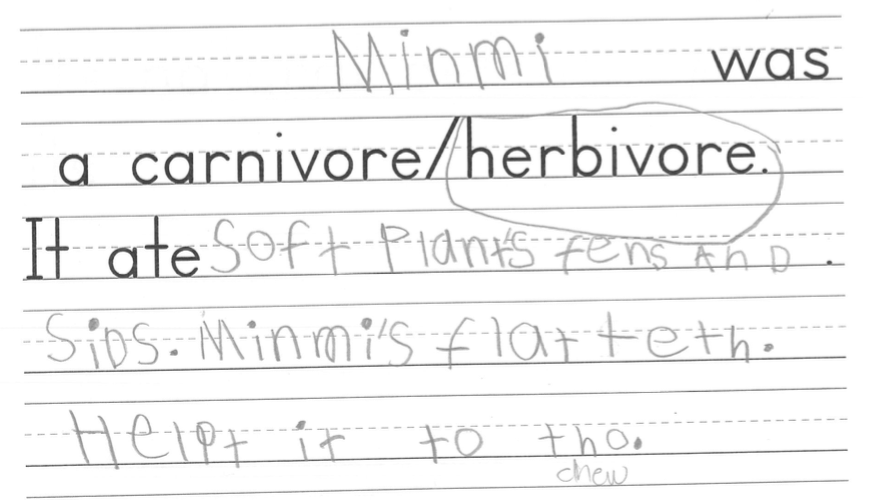Last Friday afternoon we had a small bit of time to try some dinosaur yoga. A student brought in the DVD Yoga for Kids: Dino-Mite for us to use. We had such a great time incorporating dinosaur shapes into yoga poses.
(side note…she refers to a Brontosaurus….did you know that some scientists think that a Brontosaurus is in fact an Apatosaurus! Since the Apatosaurus was discovered first, paleontologists decided to keep this dinosaurs original name! But, to further complicate things, it seems that there has been some more recent research that suggests that perhaps the two dinosaurs are indeed different…. https://www.scientificamerican.com/article/the-brontosaurus-is-back1/)
Why yoga? (excerpts from Parents magazine)
It Enhances Physical Flexibility Yoga promotes physical strength because kids learn to use all of their muscles in new ways. Whether a pose is done standing, sitting, or lying down, each one can challenge various muscle groups while helping a child become aware of his body and how it efficiently functions.
It Refines Balance and Coordination Balance is a key element of yoga. Balancing poses were created to promote mental and physical poise, as mental clarity and stability emerge from the effort of trying the poses. Even if a child has difficulty standing on one foot, she learns mental and physical balance if she can stay calm when she falls and when she gets up to try again. As children learn to improve their physical balance, they will be filled with a sense of accomplishment. Coordination is also closely tied to balance and promotes overall dexterity. Some yoga teachers and occupational therapists use finger yoga and other specialized techniques to help children with gross and fine motor coordination.
It Develops Focus and Concentration The act of practicing poses encourages children to clear their mind and focus on the effort. As a result of this single focus to achieve a particular pose or stay balanced, yoga helps children to focus and concentrate in school and get better grades, several studies note.
It Boosts Self-Esteem and Confidence Yoga helps to instill confidence and to bring learning to children on an experiential level. Yoga teaches them to persevere, be patient, and work toward their goals. A yoga teacher can only offer guidance; it is the child who has to work to succeed. Therefore, when a child masters a pose, it gives him confidence and self-esteem. Yoga also provides tools for practicing compassion, mindfulness, generosity, focus, strength, and flexibility.
It Strengthens the Mind-Body Connection Yoga helps kids achieve a sound mind in a sound body by exercising the physical body and calming the mental spirit.
This was the perfect way to wind down a Friday afternoon.
